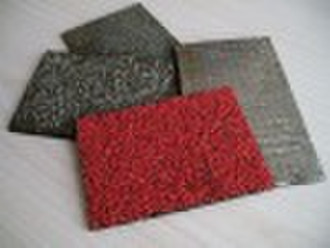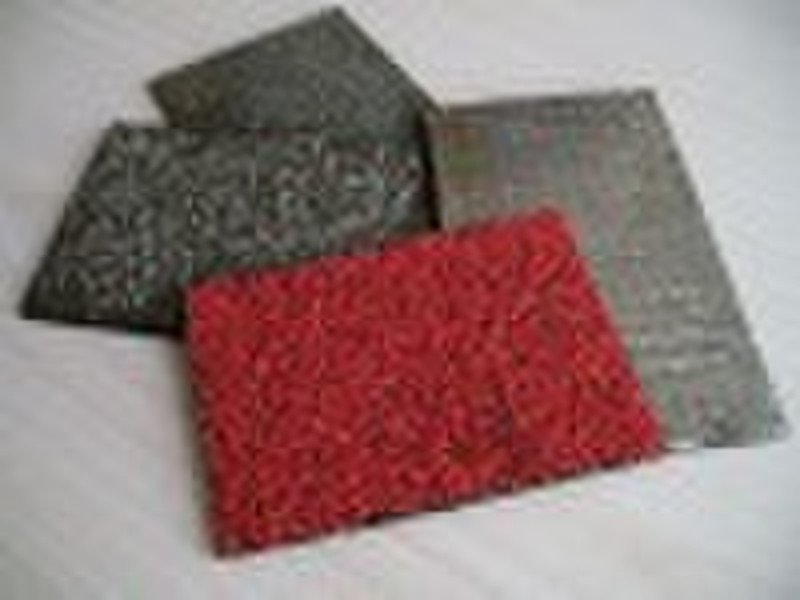Katalog
-
Katalog
- Auto & Motorrad
- Bauwesen und Immobilien
- Bekleidung
- Büro- und Schulartikel
- Chemikalien
- Dienstleistungen für Unternehmen
- Eisenwaren
- Elektrische Geräte & Zubehöre
- Elektronische Bauteile
- Energie
- Galanteriewaren
- Geschenke und Kunsthandwerke
- Gesundheit und Medizin
- Gummi und Kunststoffe
- Haus und Garten
- Haushaltsgeräte
- Koffer, Taschen & Hüllen
- Landwirtschaft
- Lebensmittel und Getränke
- Licht und Beleuchtung
- Maschinen, Geräte und Werkzeuge
- Maschinenteile und Herstellung Dienstleistungen
- Messapparat und Analysegerät
- Mineralien und Metallurgie
- Möbel
- Schuhe und Accessoires
- Schönheit und Körperpflege
- Service Geräte und -Ausstattung
- Sicherheit und Schutz
- Spielzeuge und Hobbys
- Sport und Unterhaltung
- Telekommunikations
- Textil und Lederware
- Transport
- Uhren, Schmuck, Brillen
- Umweltschutz
- Unterhaltungselektronik
- Verpacken und Drucken
- Werkzeuge
- Überschüssiger Warenbestand, Lager
Filters
Search
APP geändert Bitumen-Dichtungsbahn
original-Preis: 2,20 USD
Hengshui, China

Juanz Sun
Kontaktperson
Basisdaten
APP Modified Bitumen Waterproof Membrane works with polyester or fiberglass as reinforcement base, A non-crystalline state polyolefin polymers modified asphalt impregnated base, two side be covered by made of waterproof membrane. Specifications Item Categories Base Polyester Fiberglass Surface materials Polyethylene film sands Coarse aggregate Aluminum foil Thickness 2mm3mm4mmSpecification 1m×7.5m,10mPhysical Properties No. Labeling Polyester Fiberglass model IIIIII1Soluble content g/m2 ≥ 2mm130013003mm21004mm29002 ImpermeabilityThe pressure MPA ≥ 0.30.20.3The maintaining time ≥ 303Heat resistance °C 110130110130No skid, no flow, no drop 4Tensile force N/mm≥Longitudinal 450800350500Horizontal 2503005Max strength elongation ratio %≥ Longitudinal 2540--Horizontal 6Low temperature flexibility,°C -5-15-5-15No crack 7Tear strength N≥Longitudinal 250350250350Horizontal 170200Low temperature flexibility,°C No crack Construction methods—— Both hot-melt way and cold application by modified asphalt adhesive can be used in construction. Hot Application 1. After the substrate well done, brush SBS waterproofing coating or primer on it evenly and finish it once;. 2. Place the membrane in proper position, heat primer and the membrane with blowtorch uniformly. The blowtorch should be 0.45m away from membrane. After the surface of membrane melted, unfold it slowly. 3. When the membrane is not cooled-off, use trowel to seal the edges evenly and carefully. The lapped joint should not be less than 100mm, and it should be along the water flow direction. Cool Application 1. Brushing the bottom in the same way as in the hot application, in uniform, without any leakage, while unfolding the membrane, followed with the compaction, be careful not involving air or foreign body inside. Do not create wrinkles. 2. Lap joints should not be less than 100mm when spreading, use adhesive composition to bond it firmly, along the water flow direction. 3. According to the engineering requirements, it can be divided into single and double approach. Paving the second layer can be done in the same way as the first layer. However, the joints should be staggered with those on the first layer. Caution 1. Construction shall not be carried out in rain, snow or wind below 5°C; 2. With sufficient safety protective facilities and firefighting devices in construction site; 3. During storage and transportation, avoid it from rain and sun exposure, and don’t pile it in layers; keep it vertically, with storage temperature not over 50°C.
Lieferbedingungen und Verpackung
Hafen: Tianjin
Zahlungsbedingungen
Telegraphic transfer
-
Zahlungsarten
Wir akzeptieren:









